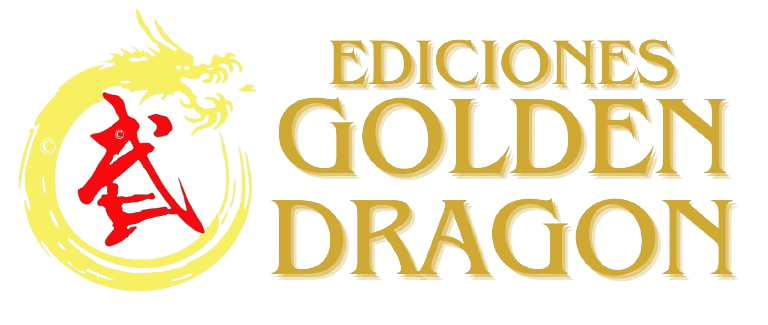ISBN 9798673732540 ISBN-13 979-8673732540
Año 2020.
Available at www.amazon.es
Description: Since visiting China for the first time in 1993, to compete in two International Tournaments, especially in the cities of Jinan and Yantai of Shandong Province, be ecstatic, excited, hallucinated, for all that I could see, their martial arts, their Masters, their people…The second time I visited in addition to Jinan, the city of Qingdao, where my soul could no longer, there I met several great Masters of various styles of Kungfu, who opened their doors to me, their hearts, and showed me their great knowledge and all their support for my ideas. I also met Liu Wenyue Shifu, who would be my Master, my father, for the rest of my life. I have traveled through Shandong Province on many occasions, visiting Taishan Mountain and Jade Emperor’s Palace, with its mystical Kungfu, Liangshan Mountain, birthplace of the 108 Heroes or Rebels of the Song Dynasty and their various Methods of Kungfu, whose descendants still teach such martial arts, Laoshan Mountain, origin of Tang lang Quan and other Kungfu methods, both Taoists and Buddhists. I have visited cities such as Jinan, Qingdao, Yantai, Longkou… Where I have met great Masters who have shown me their great knowledge and supported in my research on the northern province of Kungfu and its more than 60 styles recognized even today. From afar, Shandong Province had already been revealed as a source of legends as well as heroes, philosophers, thinkers, strategists, and people of mystical powers for the rest of China. Shandong was one of the first places in which the Boxers began their revolt, becoming one of the main centers of the uprising. The rise of boxers, known in China as the “Yihetuan Uprising”, ‘the firm fists’ or literally ‘the firm and harmonious fists’, was a movement against foreign trade, political, religious and technological influence in China during the last years of the 19th century, from November 1899 to September 7, 1901. This is a province where names like Song Jiang and his band oflaws from Liangshan Mountain have meant to the Chinese, just as Robin Hood and his Sherwood Forest group meant to the British. Shandong is a province that shares the honors of being the cradle of the great philosophers Confucius and Mencius, of China’s first emperor: Qinshi Huangdi, the famous writer Pu Songling, the poet Li Qingzhao, Sun Zi, author of the famous book Sun Zi Bing Fa or The Art of War, first betseler of war strategies in the history of the world, of numerous heroes such as the 108 of Liangshan and great Masters of Wushu or Kungfu, such as Wang Lang, creator of the Tang Quanlang style. Styles that still endure today. The Taishan, Laoshan and Liangshan Mountains in Shandong Province are recognized as sacred mountains and three of China’s most mystical places, having served for centuries as a place of spiritual inspiration for Chinese emperors, monks, thinkers and Wushu/Kungfu Masters. It is not surprising, then, that in 1982, when the Chinese government decided to investigate all of Wushu’s important systems, it found that the northern province of Shandong was the origin of 66 of the 220 Chinese martial arts systems currently known. These systems include; Cha Quan, Meihua Quan, Tanglang Quan, Wensheng Quan, Bagua Zhang and Liujia Quan among others. Only the provinces of Hebei and Henan can be compared to it. Today, Shandong still inspires many to follow the true path to becoming true Wushu/Kungfu fighters.

